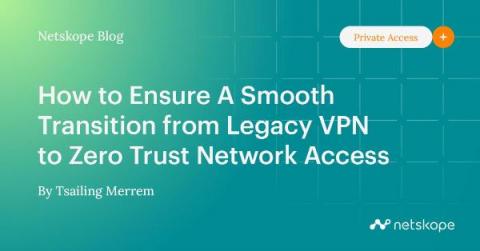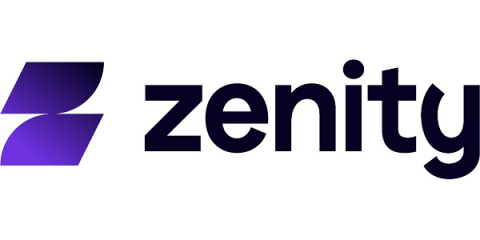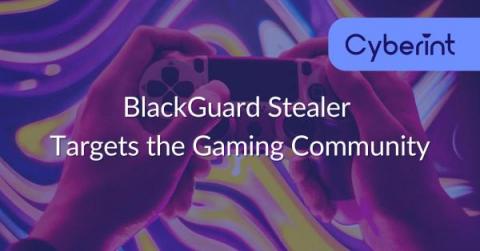Q1 2022 Phishing Threat Trends and Intelligence Report
In 2022, phishing attacks have not only increased substantially, but they have also taken a new turn of events. According to the Agari and PhishLabs Quarterly Threat Trends & Intelligence report, phishing attacks are gradually being delivered through a wide range of online platforms.







